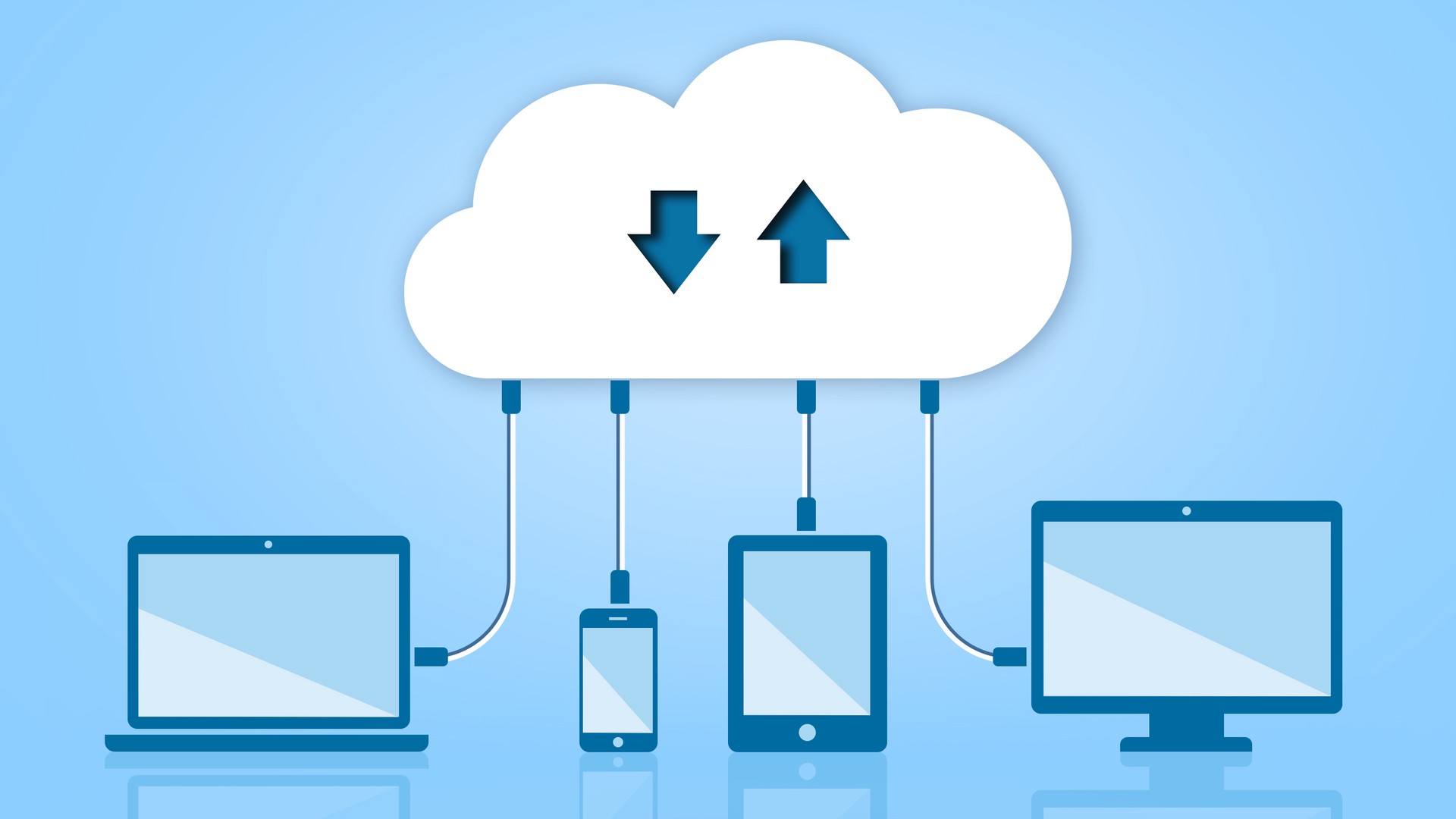Simplifying Cloud Migration: The Easiest Way to Move Your Data
Cloud migration has become a popular choice for organizations looking to leverage the scalability, flexibility, and cost-efficiency of cloud computing. However, the process of migrating data and applications to the cloud can seem daunting and complex. In this article, we explore the easiest way to migrate your cloud, focusing on a step-by-step approach that simplifies the process and minimizes disruption to your business operations.
-
Assess Your Infrastructure and Requirements: Before beginning the migration process, it's essential to assess your current infrastructure and determine your specific requirements. Identify the applications, data, and systems that need to be migrated, and evaluate their dependencies and interconnections. This assessment will help you prioritize the migration tasks and plan accordingly.
-
Choose the Right Cloud Provider: Selecting the right cloud provider is crucial for a smooth migration. Consider factors such as reliability, scalability, security, and cost-effectiveness. Evaluate different providers based on your organization's specific needs and objectives. Popular options include Amazon Web Services (AWS), Microsoft Azure, and Google Cloud Platform (GCP). Choose a provider that aligns with your requirements and offers the necessary tools and support for migration.
-
Develop a Migration Strategy: To simplify the migration process, develop a comprehensive migration strategy. Determine whether a "lift and shift" approach (migrating applications as they are) or a gradual phased migration is more suitable for your organization. Create a timeline, set realistic goals, and establish checkpoints to track progress. Consider prioritizing less critical applications or data for initial migration to gain familiarity with the process before tackling more complex components.
-
Ensure Data Backup and Security: Before migrating your data, it's crucial to perform a thorough backup to prevent data loss or corruption during the migration process. Create redundant copies of critical data and validate their integrity. Implement appropriate security measures, such as data encryption, to protect sensitive information during transit and storage in the cloud.
-
Test and Validate the Migration Process: Before initiating the full-scale migration, conduct thorough testing and validation to identify and resolve any potential issues. Create a test environment that closely resembles your production environment and perform trial migrations. Validate the performance, functionality, and compatibility of migrated applications and data to ensure a seamless transition.
-
Migrate in Phases: To minimize disruption and ensure a smooth migration, consider migrating in phases. Start with non-critical or less complex applications and data. This approach allows you to address any challenges, optimize the migration process, and gain confidence before migrating more critical components. Document the steps, configurations, and settings during each phase to ensure consistency and facilitate future migrations.
-
Monitor and Optimize Performance: Once the migration is complete, closely monitor the performance of your applications and data in the cloud environment. Leverage cloud monitoring tools and services to track resource utilization, latency, and overall performance. Make any necessary adjustments, such as optimizing configurations or scaling resources, to ensure optimal performance and cost efficiency in the cloud.
-
Train and Support Users: As you migrate to the cloud, provide adequate training and support to users who will be working with the new cloud-based applications and services. Familiarize them with the features, functionalities, and benefits of the cloud environment. Offer ongoing assistance to address any questions or challenges they may encounter during the transition.
Conclusion:
Cloud migration doesn't have to be a daunting and complex process. By following a well-defined and step-by-step approach, organizations can simplify the migration and minimize disruption to their business operations. Assess your infrastructure, choose the right cloud provider, develop a migration strategy, test thoroughly, migrate in phases, monitor performance, and provide support to users. By embracing this straightforward approach, you can smoothly migrate your data and applications to the cloud, unlocking the benefits of scalability, flexibility, and cost-efficiency that cloud computing offers.
Read Also: IT HELP DESK JOB DESCRIPTION: SUPPORTING TECHNOLOGY AND EMPOWERING USERS

